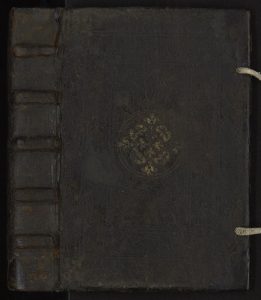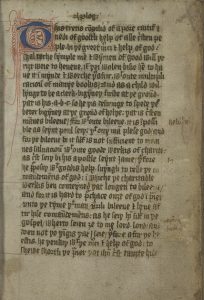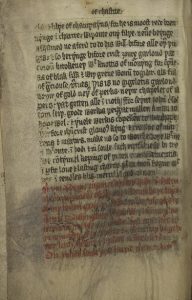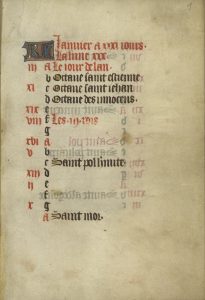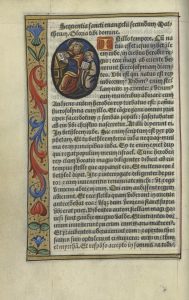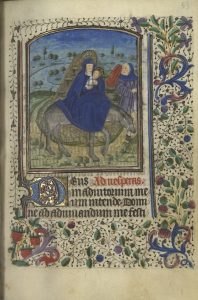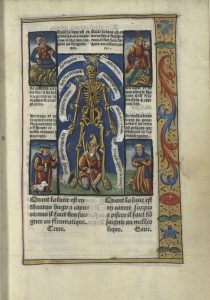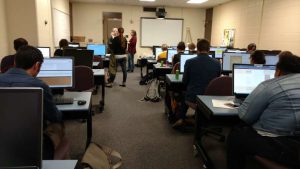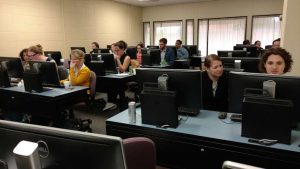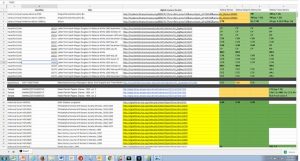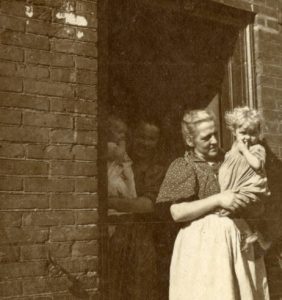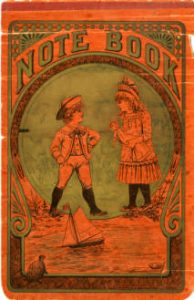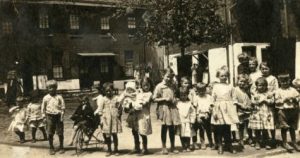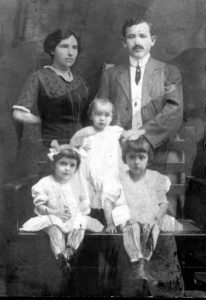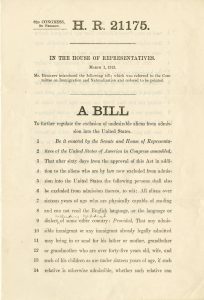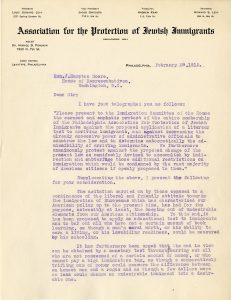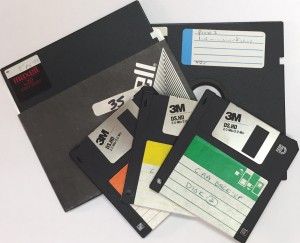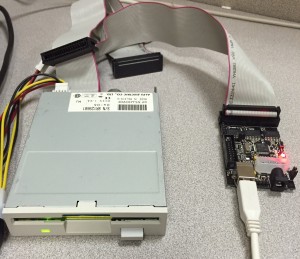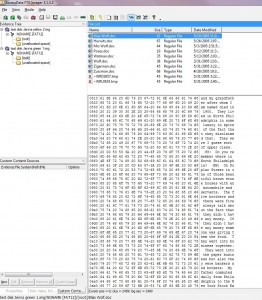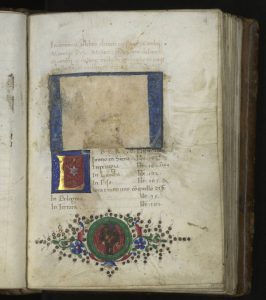 The Special Collections Research Center is very pleased to announce the opening of Making the Renaissance Manuscript: Discoveries from Philadelphia Libraries, an exhibition at the University of Pennsylvania. It features a manuscript from Temple’s Harry C. Cochran History of Business Collection, built by a Temple business school faculty member. Temple is one of nine regional lenders to this exhibition of eighty-eight items.
The Special Collections Research Center is very pleased to announce the opening of Making the Renaissance Manuscript: Discoveries from Philadelphia Libraries, an exhibition at the University of Pennsylvania. It features a manuscript from Temple’s Harry C. Cochran History of Business Collection, built by a Temple business school faculty member. Temple is one of nine regional lenders to this exhibition of eighty-eight items.
Our item is included in the “Politics, Economics, and the Merchant Class” section of the exhibition–and in the stunning exhibition catalog which accompanies it. In addition, Curator Nick Herman’s blog provides additional context and information. A codex in Italian, created by Giorgio de Lorenzo Chiarini (circa 1400- ), “Tracta di mercantie et usanze di paesi (Book of Trade and Customs of Countries),” Florence, Italy, 1481, the manuscript is a “commercial manual for the Renaissance merchant.” It features the “types of goods available in a large number of cities, as well as the units of measure and coinage used, their denominations, and their exchanges rates with principal domestic currencies.” 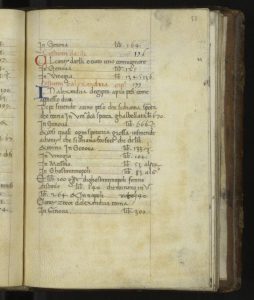
The exhibit, and its sister exhibit, Reflections on Medieval Life, soon to open at the Free Library of Philadelphia, are a celebration of the Philadelphia Area Consortium of Special Collections Libraries’ Council on Library and Information Resources Bibliotheca Philadelphiensis project, It supported digitization and enhanced cataloging of medieval and renaissance manuscripts throughout the region–including 43 from Temple. The Free Lbrary exhibition will feature two additional items from Temple’s Cochran collection–more on that soon.
–Margery N. Sly, Director, SCRC
